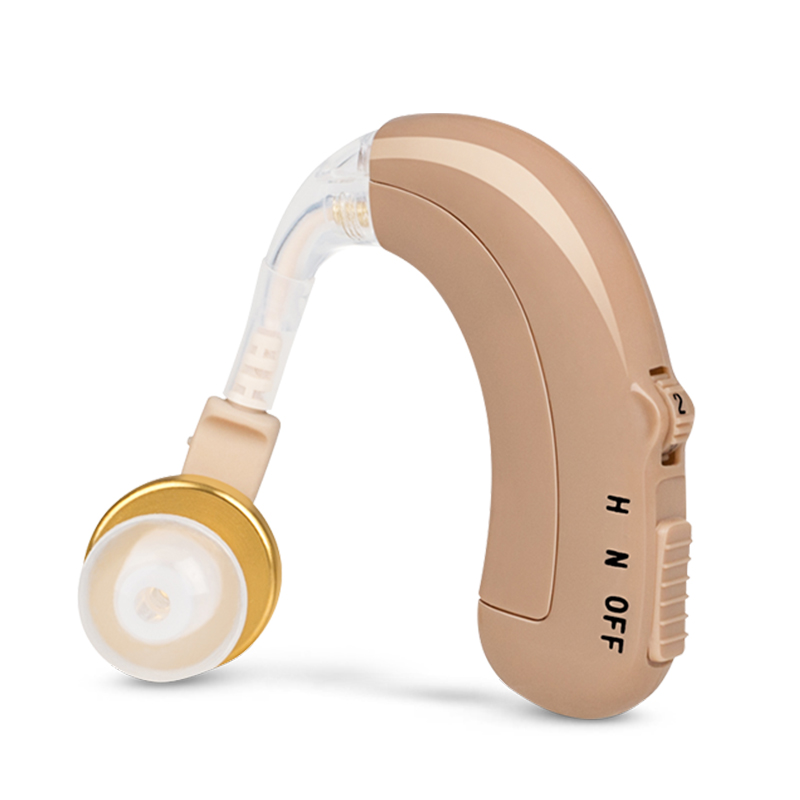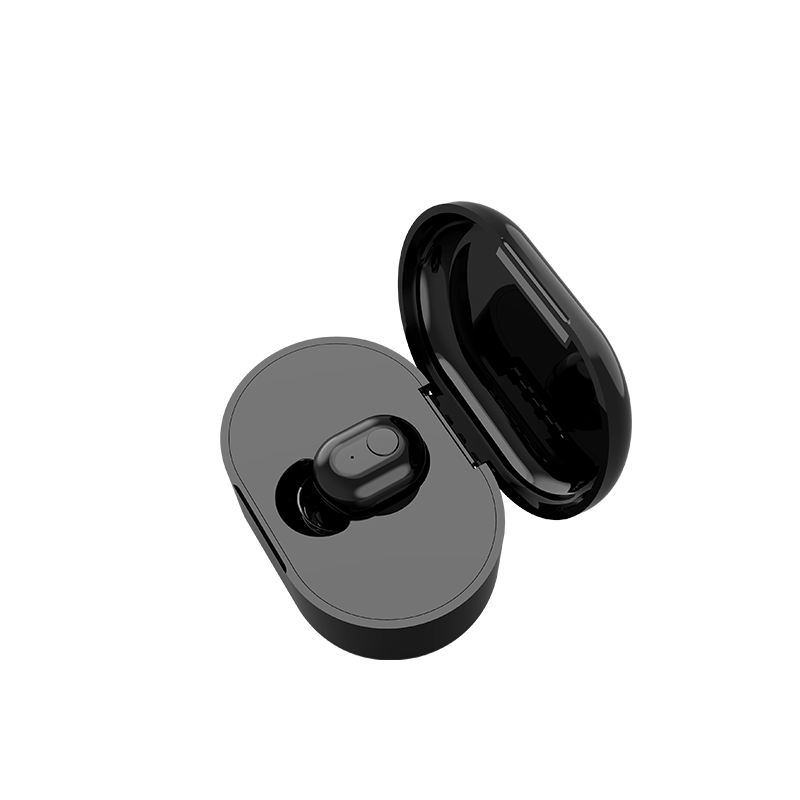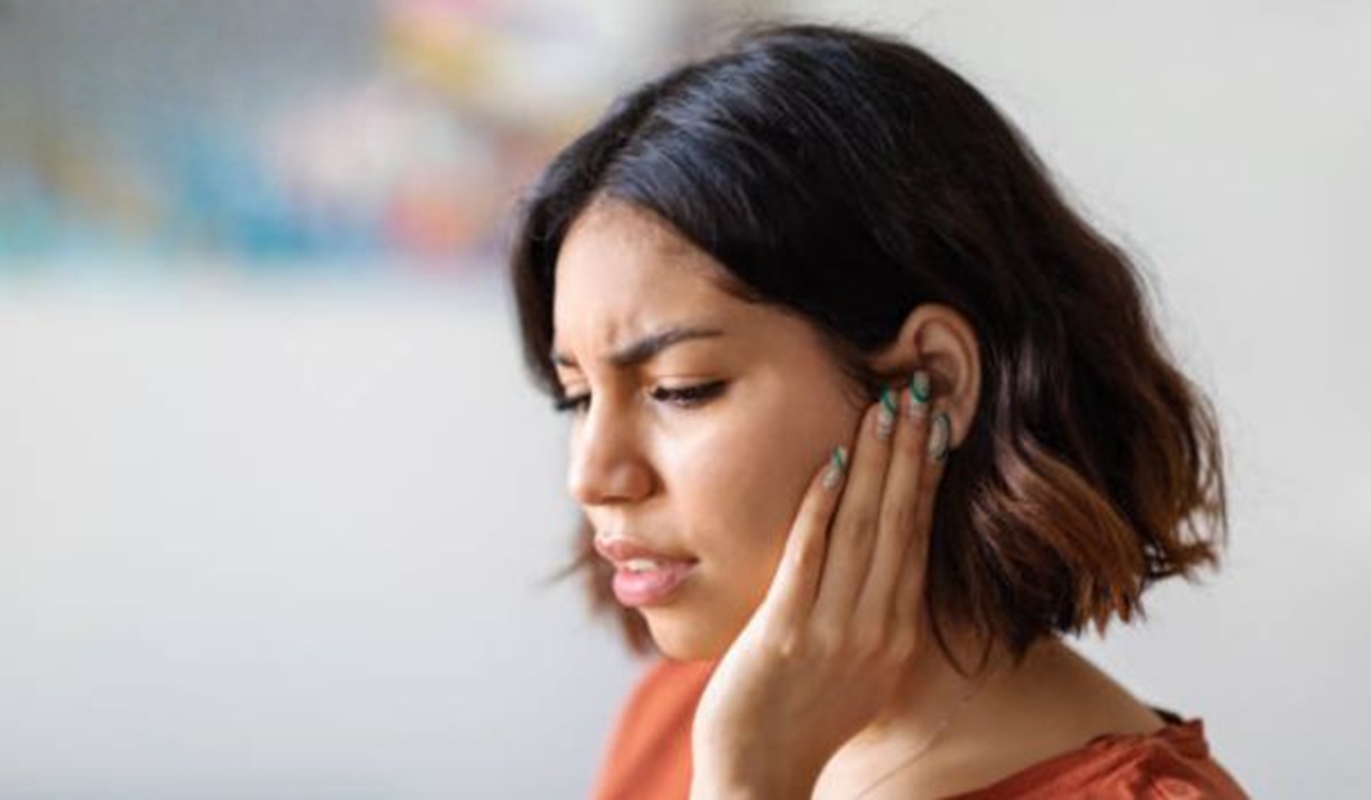Seeing blood come from your ear can be unsettling, but it doesn’t always mean something serious is wrong. Ear bleeding, or otorrhagia, can have a wide range of causes—from minor irritation to more urgent medical conditions. Understanding the symptoms, triggers, and treatment options can help you decide what to do next and whether to seek medical attention.
Key Takeaways
Ear bleeding can be caused by injuries, infections, ruptured eardrums, or sudden pressure changes.
Most cases aren’t life-threatening but may require professional care if symptoms worsen or don’t improve.
Avoid inserting objects into your ear canal and seek help if you have dizziness, pain, or hearing changes.
What Is Ear Bleeding?
Ear bleeding refers to the presence of blood in or coming from the ear canal. It’s not a condition itself, but rather a symptom of something else—often an injury, ear infections, or pressure-related issue. Bleeding may originate in the outer ear, middle ear, or in rare cases, from deeper structures connected to the skull. It can vary in volume and be accompanied by other symptoms like pain, hearing loss, or dizziness.
Depending on the source, the blood may appear bright red, mixed with pus, or dried into dark, crusty flakes in the earwax. The presence or absence of pain is also a helpful clue for diagnosis.
Common Causes of Ear Bleeding
Ear bleeding can stem from several sources—some mild, others requiring prompt medical attention. Below are the most common causes:
Improper Ear Cleaning
Cotton swabs, bobby pins, and even fingernails are common culprits. The skin inside the ear canal is delicate and can tear easily. Even if the injury feels minor, small scratches can bleed noticeably and increase the risk of infection.
Ear Infections
Infections like otitis externa (outer ear) or otitis media (middle ear) can cause inflammation and fluid buildup. In severe cases, the pressure may rupture the eardrum, allowing fluid or blood to drain from the canal. This often comes with pain, fever, or hearing changes.
Ruptured Eardrum
A torn eardrum can occur from infections, trauma (like a slap or object in the ear), or sudden loud noises. The bleeding is usually minimal but can be alarming. Other signs include a sharp pain followed by relief, reduced hearing, or drainage that may include blood.
Barotrauma (Pressure-Related Injuries)
Pressure imbalances from activities like flying, scuba diving, or mountain driving can damage the eardrum or ear canal. If pressure isn't equalized properly, it can cause small vessels to burst or even rupture the eardrum, leading to bleeding and muffled hearing.
Head Injury or Skull Fracture
Ear bleeding following a head injury may indicate a skull fracture, especially if accompanied by clear fluid (cerebrospinal fluid). This situation requires immediate emergency care. Never ignore ear bleeding after a blow to the head.
Tumors or Growths
While rare, benign or cancerous growths in the ear canal can erode tissue or blood vessels, leading to bleeding. These may also cause fullness in the ear, chronic discharge, or hearing loss. Early diagnosis is key.
Symptoms That May Accompany Ear Bleeding
Bleeding is often one of many signs. Keep an eye out for:
Pain or fullness in the ear
Sudden or progressive hearing loss
Ringing in the ears (tinnitus)
Dizziness or balance issues
Fever, especially with an infection
Itching or fluid discharge
These additional symptoms can help point toward the root cause and urgency of care.
When to See a Doctor
Some minor bleeding resolves on its own. But medical attention is essential if:
Bleeding lasts longer than a few hours or recurs frequently
There is moderate to severe pain
Hearing changes suddenly or significantly
Discharge smells bad, is green/yellow, or contains pus
There was recent trauma or a loud noise
You experience vertigo, confusion, or other neurological symptoms
Prompt treatment reduces the risk of complications and speeds recovery.
Diagnosing the Cause of Ear Bleeding
To pinpoint the cause, your doctor may:
Use an otoscope to check for visible damage, infection, or fluid
Take a history of recent activities (e.g., flights, sports, injuries)
Conduct hearing tests or balance assessments
Order imaging (CT or MRI) if a head injury or structural issue is suspected
Diagnosing the root cause is essential for effective treatment.
Treatment Options for Ear Bleeding
At-Home First Aid
If bleeding is minor and painless:
Gently wipe the outer ear with a soft, damp cloth
Avoid inserting anything into the ear
Apply a cold compress near the area to reduce swelling
Keep the ear dry while it heals
Watch closely for new or worsening symptoms in the following 24–48 hours.
Medical Treatments
A physician may recommend:
Prescription ear drops for infection or inflammation
Oral antibiotics for severe bacterial infections
Surgical repair (tympanoplasty) for eardrum damage
Audiology follow-up for hearing changes
Early treatment can prevent complications such as chronic infections or long-term hearing loss.
What to Avoid
Don’t use Q-tips, ear candles, or hydrogen peroxide without guidance
Avoid swimming or getting the ear wet during healing
Don’t delay care if symptoms are worsening or unclear
Preventing Future Bleeding Episodes
Good ear hygiene is key. Here’s how to protect your ears:
Clean only the outer ear with a washcloth
Treat colds and allergies to prevent infection-related pressure
Use filtered earplugs when swimming
Chew gum or yawn during flights to equalize pressure
Never insert foreign objects into your ear
Small precautions can reduce risk and preserve hearing health.
Ear Bleeding in Children and Babies
Children are more likely to injure their ears during play or insert small objects. If you see blood near or inside a child’s ear:
Do not try to remove anything stuck in the ear
Avoid using drops or home remedies
Seek pediatric care for an exam and safe removal
Ear infections are also common in children and may cause minor bleeding with drainage.
Complications if Left Untreated
If ear bleeding is ignored, complications may include:
Persistent or chronic infections
Hearing loss or reduced clarity
Scarring of the eardrum
Spread of infection to the inner ear or brain
Serious complications are rare but avoidable with prompt care and follow-up.
Don’t wait for symptoms to worsen.Explore hearing aids designed to restore clarity and protect your long-term hearing health—especially if damage has already occurred.
Related Hearing Health Concerns
Bleeding may not always be isolated. Keep track of:
Persistent ringing (tinnitus)
Ear fullness or pressure
Ongoing hearing difficulties
These may be signs of deeper hearing issues, which can often be addressed with the help of a hearing care specialist.
Find the Hearing Aid That's Right For You
Frequently Asked Questions
Why is my ear bleeding when I clean it?Scraping the inside of your ear with a Q-tip or similar object can damage delicate skin or the eardrum, causing bleeding. Use only soft cloths for external cleaning.
Is it dangerous if there’s blood in my earwax?Not always. A little blood in earwax may result from a minor scratch, but persistent or large amounts should be examined by a doctor.
Can an ear infection cause bleeding?Yes, especially if it causes pressure buildup or ruptures the eardrum. Other signs may include fever, pain, and thick drainage.
How do I know if my eardrum is ruptured?A ruptured eardrum may cause sudden pain relief after a pop, hearing loss, or drainage. Only a doctor can confirm it with an otoscope.
Should I go to the ER if my ear is bleeding?If the bleeding is heavy, follows a head injury, or comes with clear fluid or severe symptoms, visit the ER right away.
The above is the interpretation of Why Is My Ear Bleeding? provided by Chinese hearing aid supplier Shenrui Medical. Link https://www.srmcm.com/Blog/Why_Is_My_Ear_Bleeding.html of this article is welcome to share and forward. For more hearing aid related information, please visit Blog or take a look at our Hearing aids products















